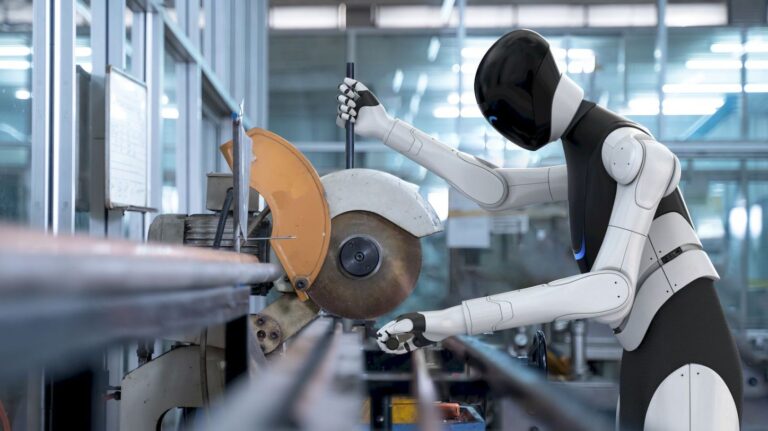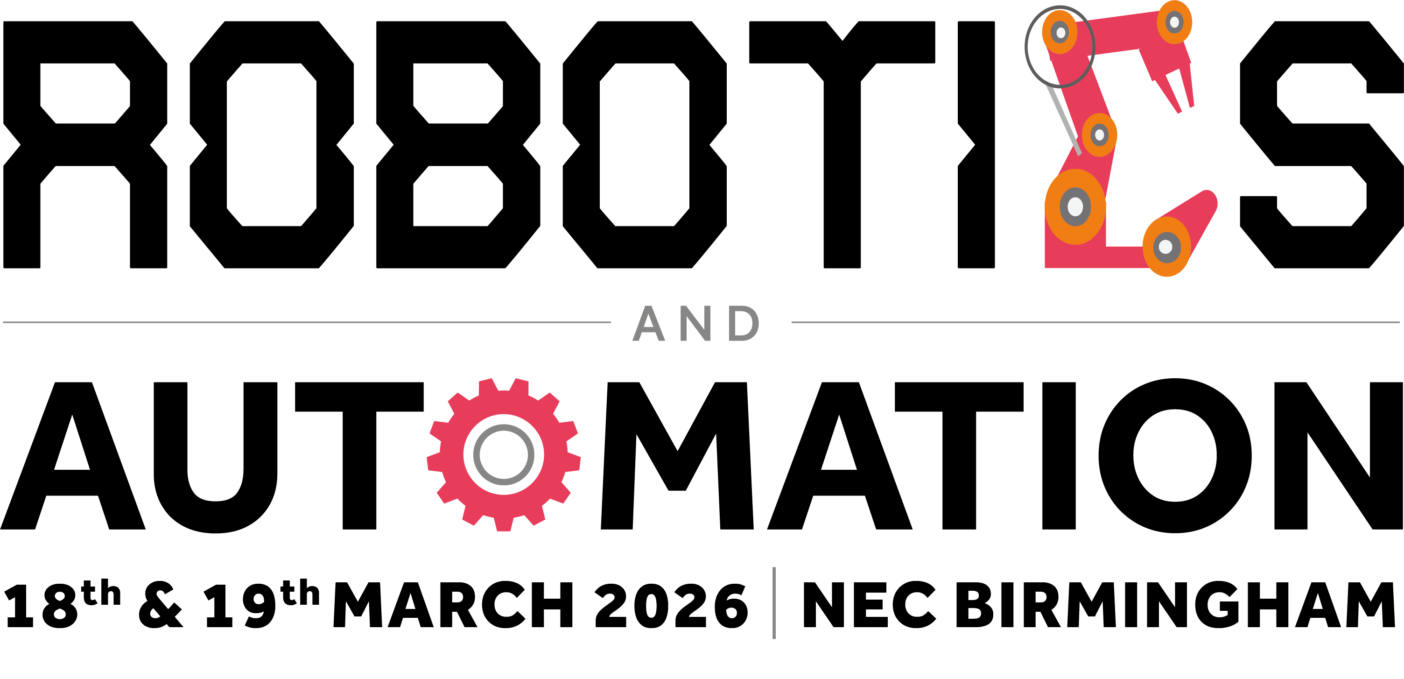The next generation of robotics appears to be taking shape in the form of humanoids, as countries and corporations around the world accelerate investment in this emerging field.
The International Federation of Robotics (IFR) has released a new positioning paper outlining current trends, regional strategies, and the potential limitations of humanoid robots, which are designed to replicate human motion mechanics for general-purpose tasks.
As the world’s largest market for industrial robots, China is taking a leading role by setting out national targets to mass-produce humanoids.
READ MORE: Smart robots set to become daily presence by 2030
The Chinese government has placed humanoid development at the centre of its industrial strategy, aiming to demonstrate technological capability and global competitiveness.
Initial efforts focus on deploying humanoids in the service sector, particularly in customer-facing roles, while manufacturing applications are expected to follow.
A key component of this approach is building a scalable domestic supply chain for essential robot components.
In the United States, major technology firms like NVIDIA, Amazon, and Tesla are heavily investing in artificial intelligence and robotics. A combination of military and private sector funding has driven the development of numerous start-ups focused on humanoid technology.
The US market sees humanoids as productivity tools in logistics and manufacturing, with an emphasis on efficiency and practical application over social integration.
Japan continues its long-standing engagement with humanoid robotics, reflecting its early leadership in the field. Humanoid robots are widely accepted as companions rather than tools, with applications in education, elder care, and retail.
This approach aligns with the country’s demographic challenges, particularly an ageing population. Japanese companies, including Kawasaki, are focusing on research and development to advance humanoid integration into everyday life.
Europe, meanwhile, maintains a cautious and ethically driven stance on humanoid adoption. The continent places a strong focus on human-centric design, collaborative robotics, and the social implications of emerging technologies.
European industries prioritise enhancing human capabilities and safety in industrial environments rather than pursuing full automation. As such, humanoids are not expected to play a major role in short- to medium-term strategies for automation in Europe’s manufacturing and service sectors.
Despite growing interest and significant investment, the IFR notes that widespread adoption of humanoids remains uncertain.
While they are unlikely to replace existing industrial robots, humanoids are expected to complement current technologies, expanding their potential applications across various sectors.
Innovative applications of technology in retail and e-commerce, healthcare and pharmaceuticals, food and beverage, automotive, transport & logistics, and more will be celebrated at the Robotics & Automation Awards on 29 October 2025 at De Vere Grand Connaught Rooms in London. Visit www.roboticsandautomationawards.co.uk to learn more about this unmissable event for the UK’s robotics and automation market!









